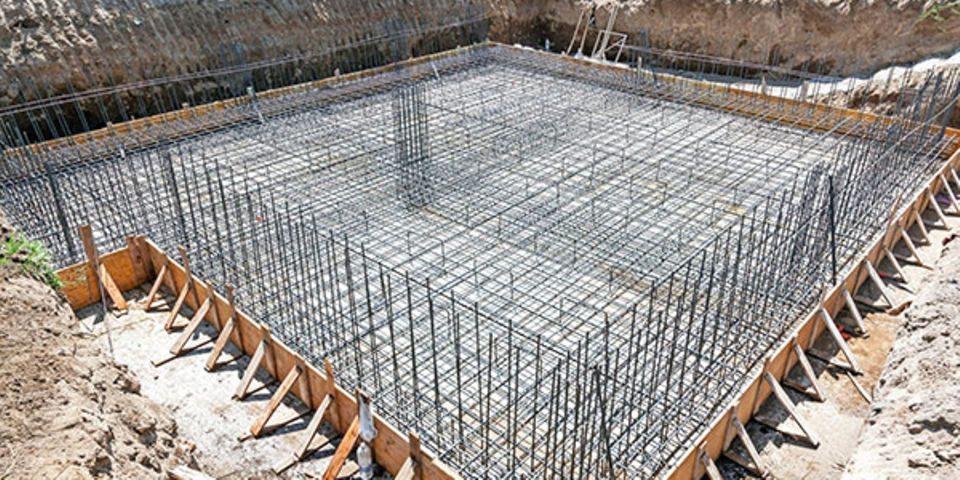A shallow foundation is placed on firm soil near the ground and beneath the lowest part of the superstructure. Examples of shallow foundations are Pad or Isolated, Raft or Mat and Floating foundation.
Deep foundation on the other hand is the one that is placed on soil that is not firm, and which is considerably below the lowest part of the superstructure. Examples of common deep foundations include piles, caissons, cylinders, basements, hollow box and shaft foundations.
In this article, I will explain the three common shallow and deep foundations usually done in engineering practice. They are the 3 possible types of foundation suitable for building construction in Nigeria. The three foundations are as follows:
Isolated or Pad foundation
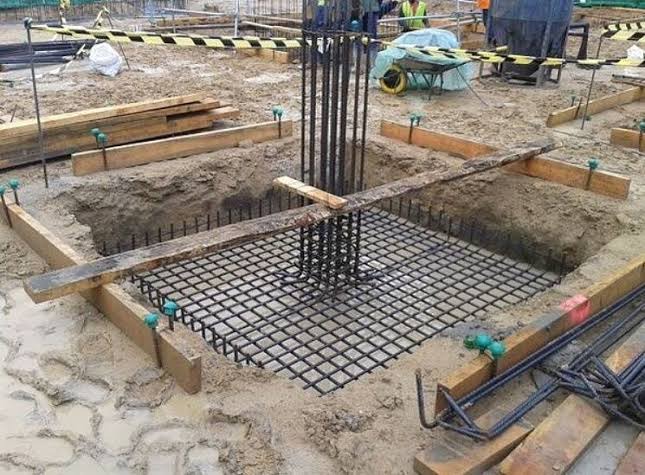
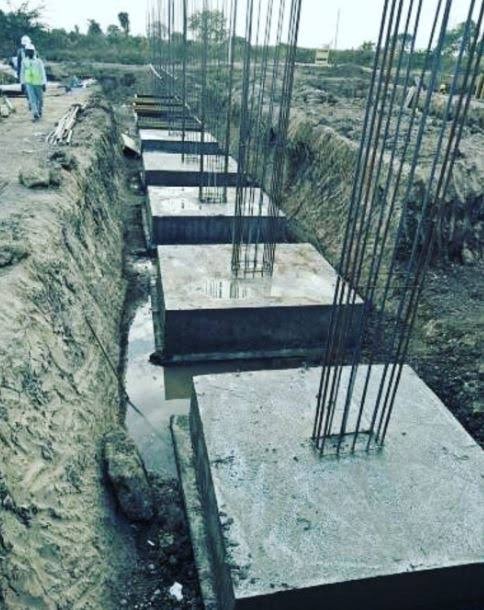 Pad foundation is the type of foundation used when the soil bearing capacity is good. It is the most widely recognized shallow foundation because it is economical in construction. Pad foundations are formed by rectangular, square, or sometimes circular concrete ‘pads’ that support localised single-point loads such as structural columns, groups of columns or framed structures. This load is then spread by the pad to the strata of soil or rock below. It can also be combined or designed as continuous footing when columns of the building are too close to one another.
Pad foundation is the type of foundation used when the soil bearing capacity is good. It is the most widely recognized shallow foundation because it is economical in construction. Pad foundations are formed by rectangular, square, or sometimes circular concrete ‘pads’ that support localised single-point loads such as structural columns, groups of columns or framed structures. This load is then spread by the pad to the strata of soil or rock below. It can also be combined or designed as continuous footing when columns of the building are too close to one another.
Raft or Mat foundation
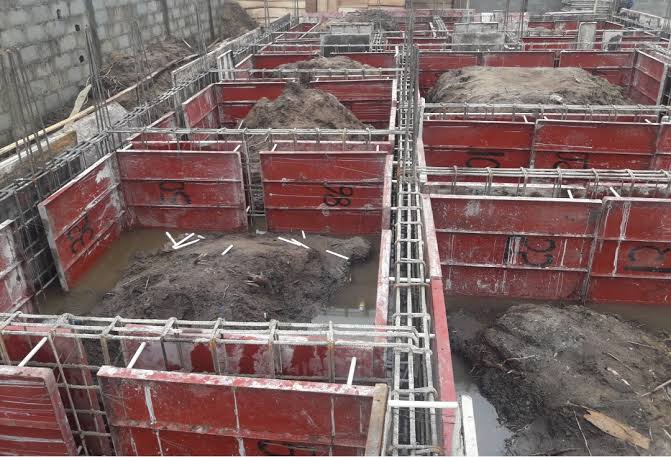 A raft or mat foundation is the type of foundation which is used when the soil bearing capacity is too weak. It is essentially a continuous slab (most especially a one-way slab) distributing the entire loads of the building to the ground beams and transferring them to the ground. The sizes of the raft slabs and beams always depend on the load on the structure.
A raft or mat foundation is the type of foundation which is used when the soil bearing capacity is too weak. It is essentially a continuous slab (most especially a one-way slab) distributing the entire loads of the building to the ground beams and transferring them to the ground. The sizes of the raft slabs and beams always depend on the load on the structure.
Pile foundation
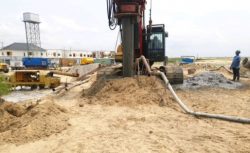
A Pile foundation is a deep foundation that transfers building loads to the earth farther down from the surface than a shallow foundation does to a subsurface layer or a range of depths. It will be used when the soil bearing capacity is low to the extent that the raft foundation can no longer withstand the load of the building. It is commonly used for highrise buildings. As pile foundations carry a lot of loads, they must be designed and constructed very carefully. A good structural engineer will study the soil reports very well deigning the piles to ensure that the soil is not overloaded beyond its bearing capacity.

 Uncategorized7 days ago
Uncategorized7 days ago
 Business1 week ago
Business1 week ago
 Business6 days ago
Business6 days ago
 Politics3 days ago
Politics3 days ago
 News3 days ago
News3 days ago
 Crime5 days ago
Crime5 days ago
 Latest5 days ago
Latest5 days ago
 Business5 days ago
Business5 days ago
